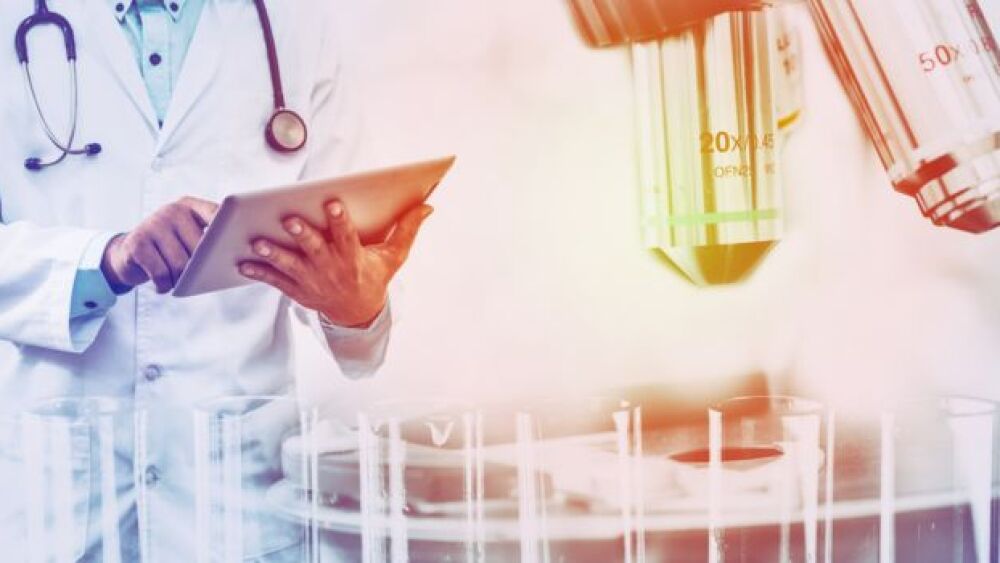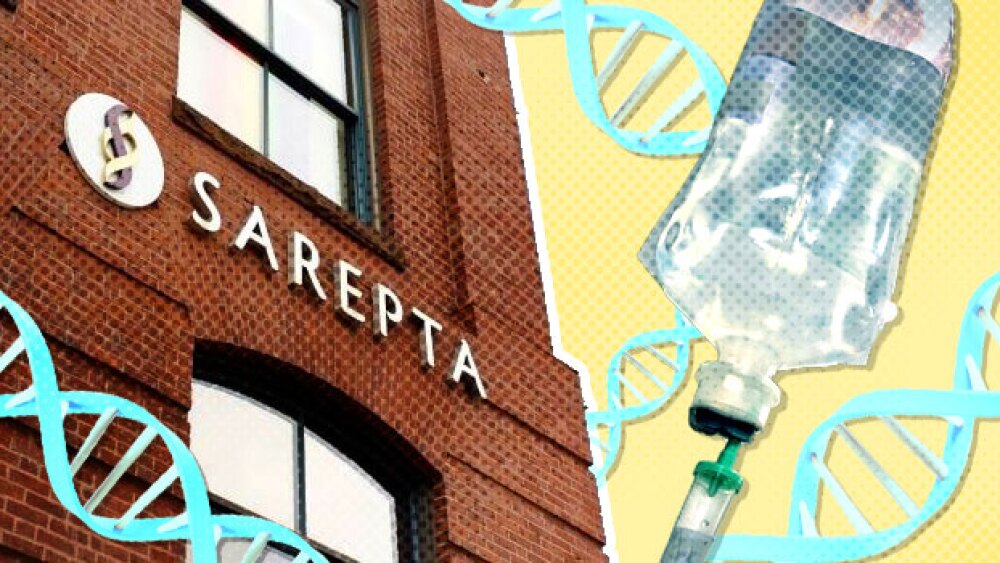STOCKBRIDGE, Mass., Jan. 15 /PRNewswire-USNewswire/ -- In 1992, the Austen Riggs Center, a small, not-for-profit psychiatric hospital and residential treatment center in Western Massachusetts, began to follow 226 admitted patients in a multidimensional follow-along study that asked, among others, a most basic question: Can these patients recover? Given the clinical profile of the subjects -- they typically had five or six diagnoses, including major affective disorders, schizophrenia, PTSD, personality disorders, substance abuse, and various types of eating disorders -- even many mental health professionals would be dubious. But now, with data published in the January, 2009 issue of the Journal of Nervous & Mental Disease comes the heartening news that, for a wide majority of the sample, the answer is a resounding yes.
(Photo: http://www.newscom.com/cgi-bin/prnh/20090115/DC59409 )
The first main paper released from the study, "Improvement and Recovery from Suicidal and Self-Destructive Phenomena in Treatment-Refractory Disorders," shows that, over time, 73 percent of the subjects ceased to mutilate themselves and 77 percent ceased making suicide attempts. Even just thinking of suicide disappeared in more than half of the sample. Recovery from such depths is not only possible, but, given time, very likely - offering an empirical foundation for hope. "This is a real revelation," says Dr. Christopher Fowler, director of research at Austen Riggs. "There is a point at which these individuals fundamentally stop thinking about dying and start thinking about living."
Every week, the Austen Riggs Center admits new patients with such severe mental illness that they have not found sufficient help anywhere else. Psychiatrists call them "treatment resistant." In plain terms, that means they have tried and tried, and failed and failed, to curb their depression, bipolar disorder, or psychosis. This population typically falls through the cracks of the mental health system - or overwhelms it with acute and repeated crises - often because psychiatrists themselves have little hope they can be helped. And it's a population in grave danger. In 2007, for example, more than forty percent of incoming Riggs patients had made a serious suicide attempt before admission.
"It's fair to say that many patients who come to us are sick unto death," says Dr. Eric Plakun, Austen Riggs director of admissions and professional relations. "They've been through all the state of the art treatments. And the treatments have not been helpful, so they are desperate and hopeless and deeply distrustful. They're often on a dozen or more medications. And they often have made one or another serious suicide attempt -- having jumped off some high place and survived, or having survived an overdose or even a gunshot wound."
According to the study, such radical progress didn't happen overnight. The median period for recovery was 7.2 years for self-mutilation; 7.3 years for other forms of self-harm (including suicide attempts); and 8.7 years for "suicidal ideation" ruminations on or thoughts about killing oneself.
Still, this news -- that recovery from such depths is not only possible, but, given time, very likely -- offers an empirical foundation for hope. "That's the most important thing," says J. Christopher Perry, a professor of psychiatry at McGill University in Montreal and the study's lead investigator, "the hope that comes from the knowledge that such a large proportion of people have not only improved in degrees, but have actually fully recovered."
Indeed, the Riggs study adds powerful new testimony to the mounting case that even the most desperate people with multiple diagnoses can be treated. In 2005, a McLean Hospital study found that, among patients diagnosed with borderline personality disorder -- a collection of self-destructive, unstable and impulsive behaviors that lead to suicide in about 7% of those with the disorder and that many clinicians find intractable -- an astonishing 74 percent had no active symptoms after six years. Only six percent had relapsed into the full-blown disorder. At the Personality Disorders Institute at Cornell's Weill Medical College, randomized controlled trials have shown that borderline patients make lasting improvements with a psychodynamic treatment called "transference focused psychotherapy."
What's all the more striking is that impressive outcomes in previously "treatment resistant" patients can be produced by a treatment method -- long-term psychodynamic psychotherapy -- that has for decades been dismissed as a mere historical curiosity. In an age of drug treatments and managed care, the "talking cure" practically disappeared from mainstream medical practice. Whereas psychiatric residents once devoted half their training hours to long-term psychotherapy, it's now shrunk to a puny 2.5 percent. But in a landmark meta-analysis of 23 studies involving more than a thousand patients, researchers found the method demonstrably effective, with long-lasting benefits. The study, published in the Journal of the American Medical Association in 2008, marked what one academic described to The New York Times as a "turning point" for the psychodynamic approach.
At a time when many mental health clinicians are grappling with these treatment resistant patients with complex and severe mental illnesses, any sign of hope is cause for celebration. Citations referring to treatment resistance shot up 800 percent over the last two decades -- an interest that reflects the massive number of cases. With schizophrenia, for example, 10 to 30 percent of patients fail to respond to treatment at all -- and another 30 percent respond only partially. As many as 50 percent of people with major depressive disorder are considered treatment resistant.
Untreated, or inadequately treated, these cases will often lead to suicide, which is itself a growing problem. Between 1999 and 2005 the overall suicide rate rose 0.7 percent. In the United States alone, there are 750,000 suicide attempts each year and an estimated five million living Americans have attempted suicide.
Faced with such challenging cases, and so many poor outcomes, many researchers have questioned the effectiveness of medication therapy, which is often the first and last resort for mental illness, even in the most serious cases. It turns out, though, that the research supporting psychopharmacotherapy may be less germane to treatment resistant mental illness than is widely thought. For one, the clinical trials, by design, often exclude any person with more than one diagnosis, or with suicidal ideation or other complicating factors, so the screening process routinely shuts out 7 of 10 potential subjects. This desire for empirical purity ends up diminishing the real-world applicability of the findings, because many people -- and most very troubled people -- do suffer from more than one malady at a time.
Perhaps even more important, the full findings of drug trials are not always brought to light by their industry sponsors. Drawing on FDA records, a recent New England Journal of Medicine study dug out unpublished data on twelve major anti-depressants. While published material on the medications had shown them to be powerfully effective, it turned out that a whopping 74 trials on the same substances -- all with less sanguine results -- had been shelved. When all the data were taken into account, the medicines turned out to be about as effective as placebos.
One reason that drug therapies so dominate the treatment field is that alternatives are often seen as old-fashioned, overly expensive, and downright impractical. But ineffectively treated illness means staggering costs in any case. In one study, a group of hospitalized patients with treatment resistant depression ended up requiring 19 times the dollar amount in services compared to patients with more treatment responsive depression. One patient admitted to Austen Riggs had been through 100 previous short-term hospitalizations; finally, her insurance company cried uncle and asked Riggs if it could help.
Founded in 1919, and shaped over its 89 years by eminent psychoanalysts, including Erik Erikson, the Austen Riggs Center features a novel, intensive program of care that includes but goes beyond the best of biological psychiatry. The Riggs program is organized around intensive psychodynamic psychotherapy, along with family and group treatment, in an open environment with no locked wards. As a therapeutic community, it emphasizes the role of patients as citizens with an active stake in their own development, not just as consumers of care. Its bucolic campus on the main street of Stockbridge -- with historic, white brick buildings, a modern community center framed in wood and glass, and an activities center set in the thick of town -- looks more like a well-tended college than an asylum. Indeed, Riggs practices many of the lofty principles of the 19th century asylum movement, which held that mentally ill people would respond to well-tended grounds and well-appointed rooms -- a physical environment that conveyed respect for their essential humanity.
"Our commitment at Austen Riggs is to 'Treat the person, and not the disorder,'" says Edward Shapiro, the CEO and medical director. "Many of the leading treatments fail because they chase after symptoms but they don't engage the person. So we put 'treatment resistant' in quotation marks. What we've found is that you have to take a variety of approaches to help people take charge of their lives."
One glimpse of Riggs' success comes in its use of medication, which is coordinated by the psychiatric, psychotherapeutic, and nursing staffs to attune with a patient's history and needs. This stands in sharp contrast to standard operating procedure. Most psychopharmaceuticals are dispensed by general doctors. Even patients seeing a psychiatrist often spend little time in conversation, let alone developing a real relationship. But the evidence shows that relationships matter. "The most powerful part of a pill," says Dr. David Mintz, Austen Riggs' director of residency training, "is the meaning that's attached to it and the relationship that goes along with it." One NIMH-funded study found that patients taking a placebo, but who had a good alliance with their doctor, actually got better than patients with a poor therapeutic alliance who received an active drug. Indeed, the relationship had an effect seventeen times more potent than the drug itself. Even the much discussed placebo effect -- where patients respond to a sugar pill -- is often misunderstood as negligible, when in fact it is quite real, biologically, and often springs from real factors -- like a patient's willingness to change, or her trust in a doctor. In any case, no drug can help if a patient neglects or refuses to take it, which happens in the culture at large 50 to 70 percent of the time, depending on the diagnosis. At Austen Riggs, by contrast, non-compliance rates run from 10 to 21 percent.
After stays that last a median 8 months at Austen Riggs, in many cases, people's lives are transformed. "When things have gone well," says Dr. Plakun, "patients have found an authentic voice and have often gained access to the complexity of their own feelings, so that what looked like 'treatment resistant depression' for example, now is experienced as a mixture of grief and rage that they can link to their personal life narratives. They can acknowledge, bear it, and put the feelings into perspective in their lives. So where treatment in the past was just crisis management, now they can manage themselves well enough to consolidate the change."
As powerful as it is, the Austen Riggs experience is hardly available to everyone. The hospital cares for only seventy or so patients at a time. And most insurance companies will cover only acute inpatient hospitalizations of a few days at a time. Without coverage, the average cost to a patient at Riggs -- including four-times a week psychotherapy, groups, activities, medication, housing and meals -- is about $600 a day.
But the lessons learned from Riggs can be enormously helpful to the broader medical community. "This place is an exquisitely attuned instrument for learning about people's psychological functioning," says Shapiro, "in terms of trauma, character formation, the impact of the social and psychological context on people's lives, and the kinds of care and social environments that help people get out of the holes they're in. My hope for the future is that we increasingly help the field learn how to apply what we're learning at Riggs to the treatment of patients who never come here. If we simply offer excellent treatment to a small number of relatively affluent folks, we are vital for those patients, but we'll become socially and culturally irrelevant. But if we're learning on behalf of others -- and developing a language that allows us to extract insights and apply them to other settings and other treatment cultures -- then Riggs can have a social relevance that transcends the smallness of the institution."
A small, not-for-profit psychiatric treatment center founded in 1919, the Austen Riggs Center, located in Stockbridge, Massachusetts, is internationally known for its respectful work with patients whose serious emotional disturbances have not responded to treatment efforts. Consistently ranked a "Best Hospital" by U.S. News & World Report, Riggs is the only psychiatric hospital of its kind in the country that provides quality care based on intensive, individual psychodynamic psychotherapy in a completely open therapeutic community setting. For more information about the Austen Riggs Center, go to www.austenriggs.org.
CONTACT: Lisa Lewis, Director of Communications of Austen Riggs Center,
+1-413-931-5231, lisa.lewis@austenriggs.net
Web site: http://www.austinriggs.org/




